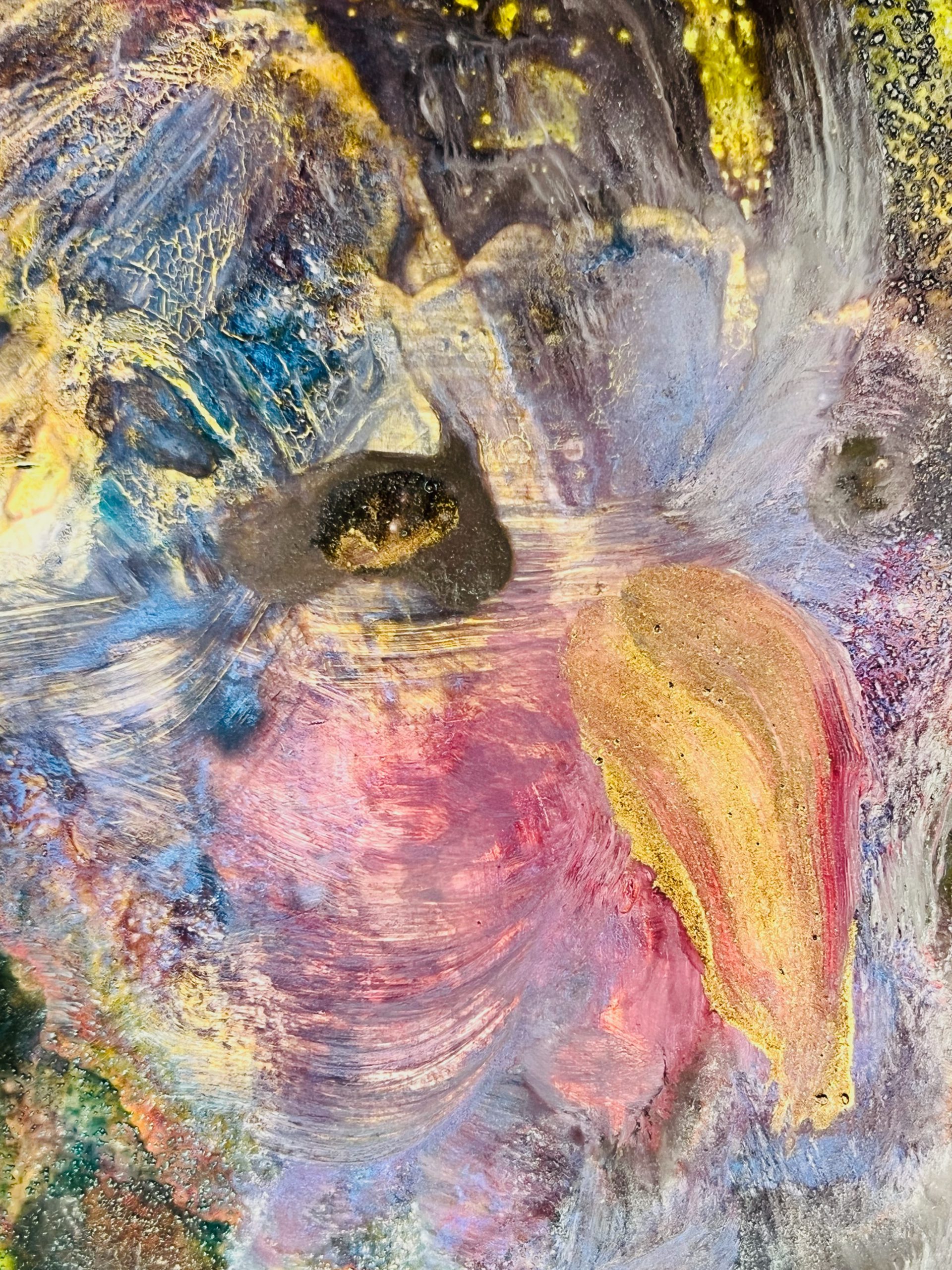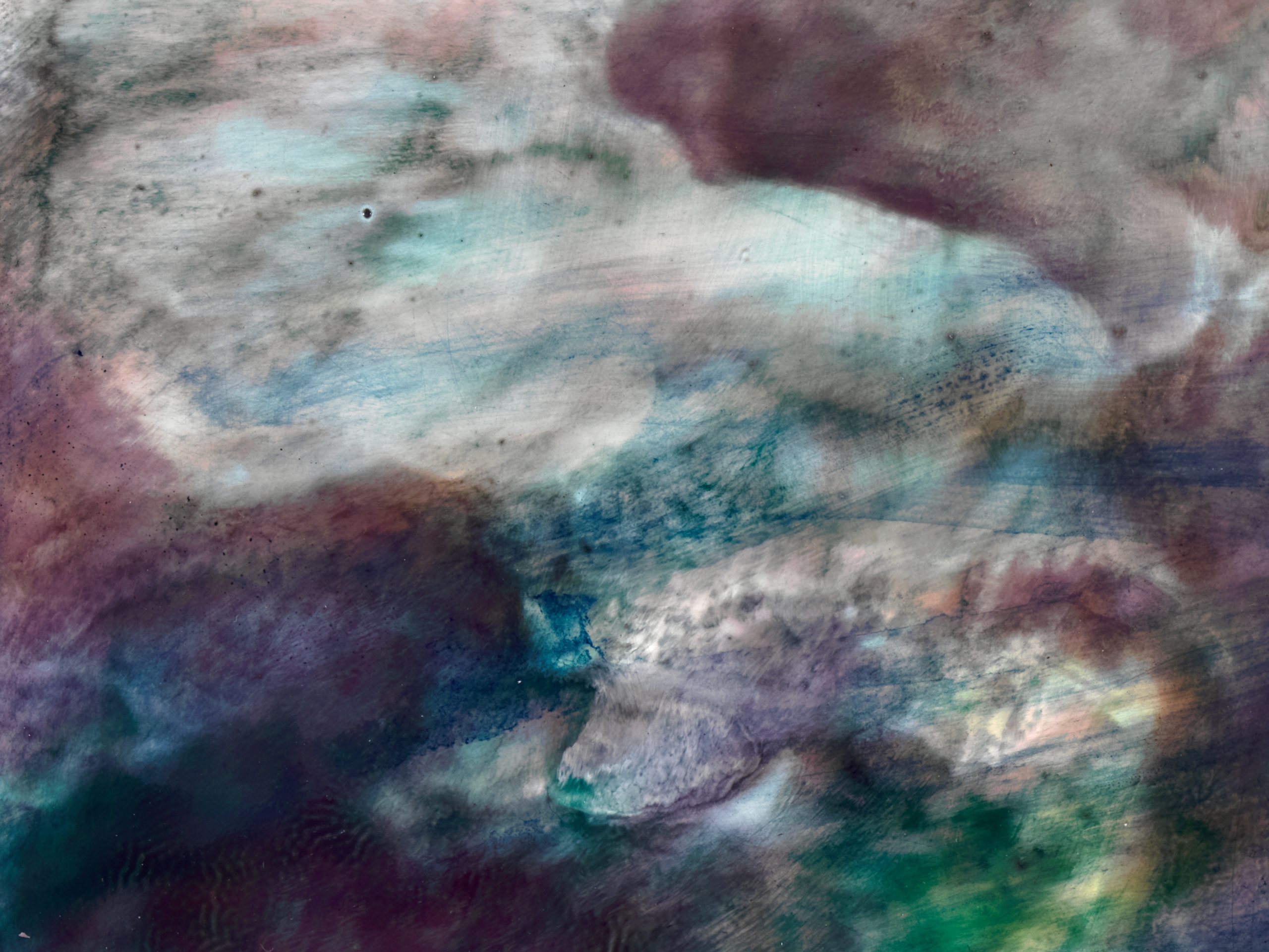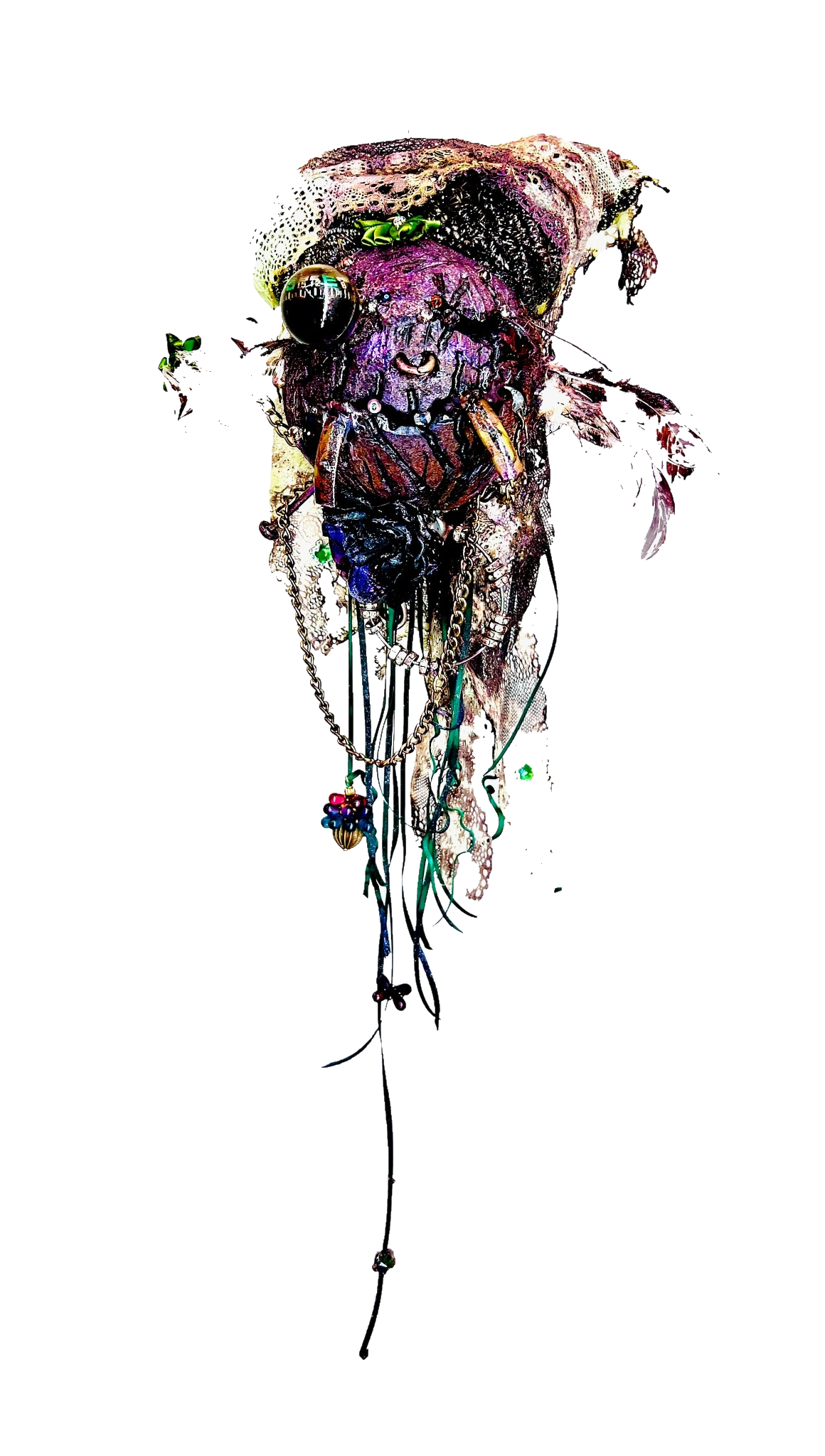Robert Lanz – Matter, Light, and the Politics of Transformation
Fractured surfaces, shimmering pigments, crystalline inclusions of time: in Robert Lanz’s work, material and meaning collide. Copper, magnetite, epoxy resin, or crushed gemstones undergo chemical reactions, scar, crystallize, and open spaces where beauty and decay remain inseparably entwined. What appears as a physical process is also metaphorical: a fragile balance between nature and culture, human projection and the agency of matter.
Trained at the Berlin University of the Arts under Leiko Ikemura, Lanz has developed a practice that fuses art and science, alchemy and digital speculation. His paintings, objects, and experimental series are not mere surfaces but “energetic fields” in which micro- and macrostructures overlap. The canvas becomes a laboratory, the artwork a site of transformation.
At the core of this practice lies the tension between material and illusion, control and surrender. Chemical reactions assume agency, the work is not only painted but endured. This makes Lanz’s art inherently political: it resists the economic logic of optimization by embracing processes that remain uncontrollable. Transformation—whether in minerals, pigments, bodies, or societies—emerges as an unfinished, open-ended condition.
Projects such as the performative fragmentation DIS/PERSION, the luxurious re-coding of consumer objects in Hermes fliegen falle, or the occult-charged sculptures of Tsantsa Nova reflect not only material aesthetics but also questions of value, ritual, appropriation, and power. Oscillating between desire and rupture, uniqueness and dispersion, Lanz’s work reveals a world in which nothing is fixed but always in flux—simultaneously decaying and becoming.
This is their force: Robert Lanz’s works unsettle rather than soothe, demanding to be confronted rather than consumed. They insist that matter is not passive but active, resistant, and political.
Robert Lanz – Materie, Licht und die Politik der Transformation
Zerberstende Oberflächen, schimmernde Pigmentschichten, kristalline Einschlüsse von Zeit: In den Arbeiten von Robert Lanz brechen Material und Bedeutung ineinander. Kupfer, Magnetit, Epoxidharz oder zermahlene Edelsteine reagieren chemisch, vernarben, kristallisieren – und öffnen dabei Räume, in denen Schönheit und Zersetzung unauflöslich ineinander verschränkt sind. Was wie ein rein physikalischer Prozess erscheint, ist zugleich Metapher: für das fragile Gleichgewicht von Natur und Kultur, von menschlicher Projektion und materialer Eigenlogik.
Lanz, an der Universität der Künste Berlin als Meisterschüler von Leiko Ikemura ausgebildet, entwickelt seit über einem Jahrzehnt eine Praxis, die Kunst und Wissenschaft, Alchemie und digitale Spekulation miteinander verschränkt. Seine Malereien, Objekte und experimentellen Serien sind keine bloßen Oberflächen, sondern „energetische Felder“, in denen sich Mikro- und Makrostrukturen überlagern. Die Leinwand ist Versuchsanordnung, der Bildträger wird Labor.
Zentrales Thema ist dabei immer wieder das Verhältnis von Materie und Illusion, von Kontrolle und Kontrollverlust. Chemische Reaktionen übernehmen die Regie, das Werk wird nicht nur gemalt, sondern auch erlitten. Lanz’ Praxis ist damit politisch im Kern: Sie unterläuft die ökonomische Logik von Machbarkeit und Optimierung, indem sie Prozesse zulässt, die sich dem Zugriff entziehen. Transformation – ob im Gestein, im Pigment, im Körper oder in der Gesellschaft – wird hier als unabschließbarer Vorgang sichtbar.
So reflektieren Projekte wie die performative Zerstückelung DIS/PERSION, die luxuriöse Umcodierung von Objekten in Hermes fliegen falle oder die okkult aufgeladenen Skulpturen der Serie Tsantsa Nova nicht nur Materialästhetik, sondern auch Fragen von Wert, Ritual, Aneignung und Macht. Lanz’ Arbeiten oszillieren zwischen Begehren und Abwehr, zwischen der Aura des Einmaligen und der radikalen Fragmentierung. Sie zeigen eine Welt, in der nichts abgeschlossen ist, sondern alles immer schon in Auflösung begriffen – und im Werden.
In dieser Ambivalenz liegt ihre Kraft: Robert Lanz’ Kunst ist nicht beruhigend, sondern störend, widersprüchlich, heilsam gerade in ihrer Zumutung. Sie zwingt den Blick, über reine Oberfläche hinauszusehen – in eine Tiefenschicht, in der Materie nicht passiv, sondern aktiv, widerspenstig, politisch ist.
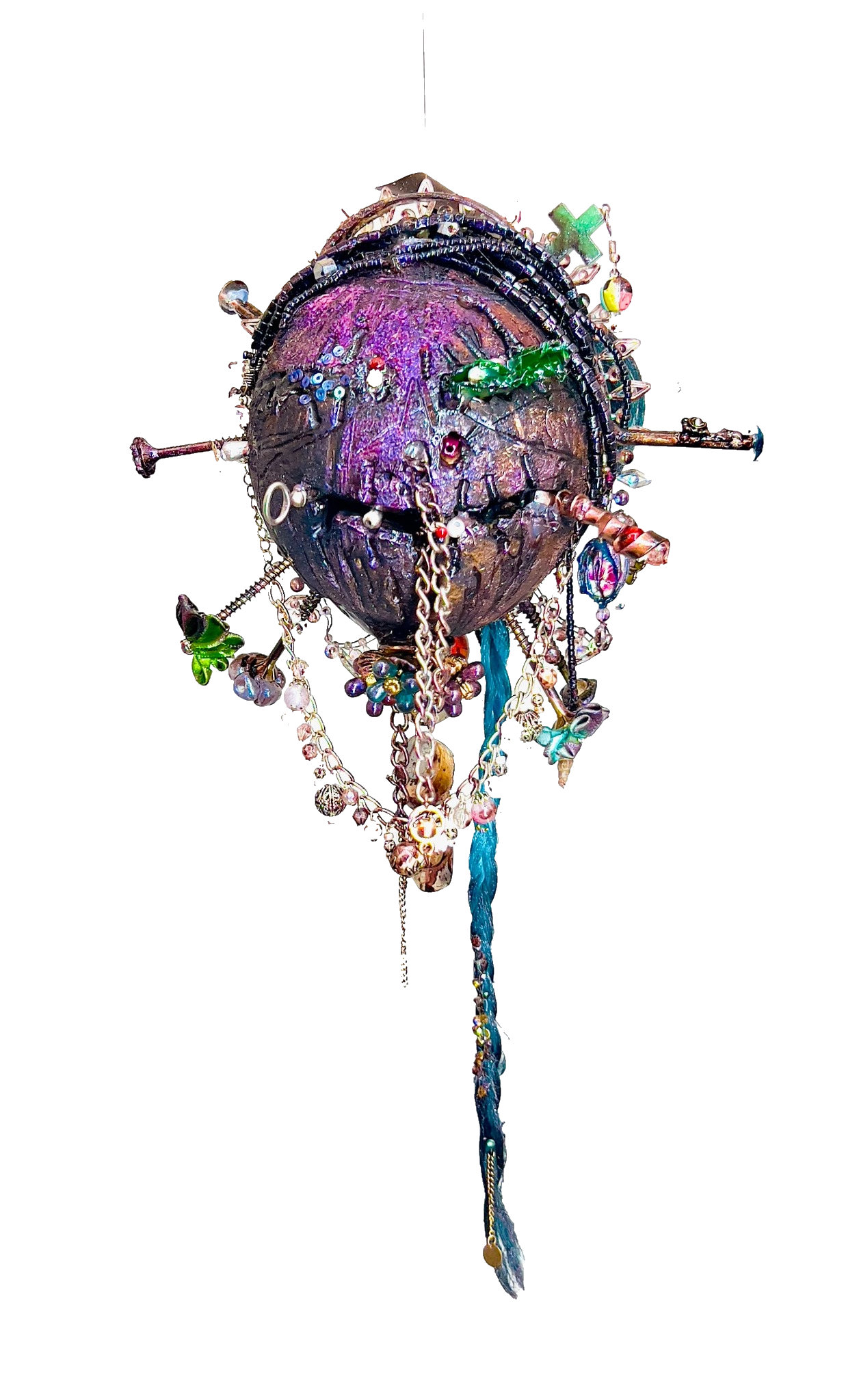
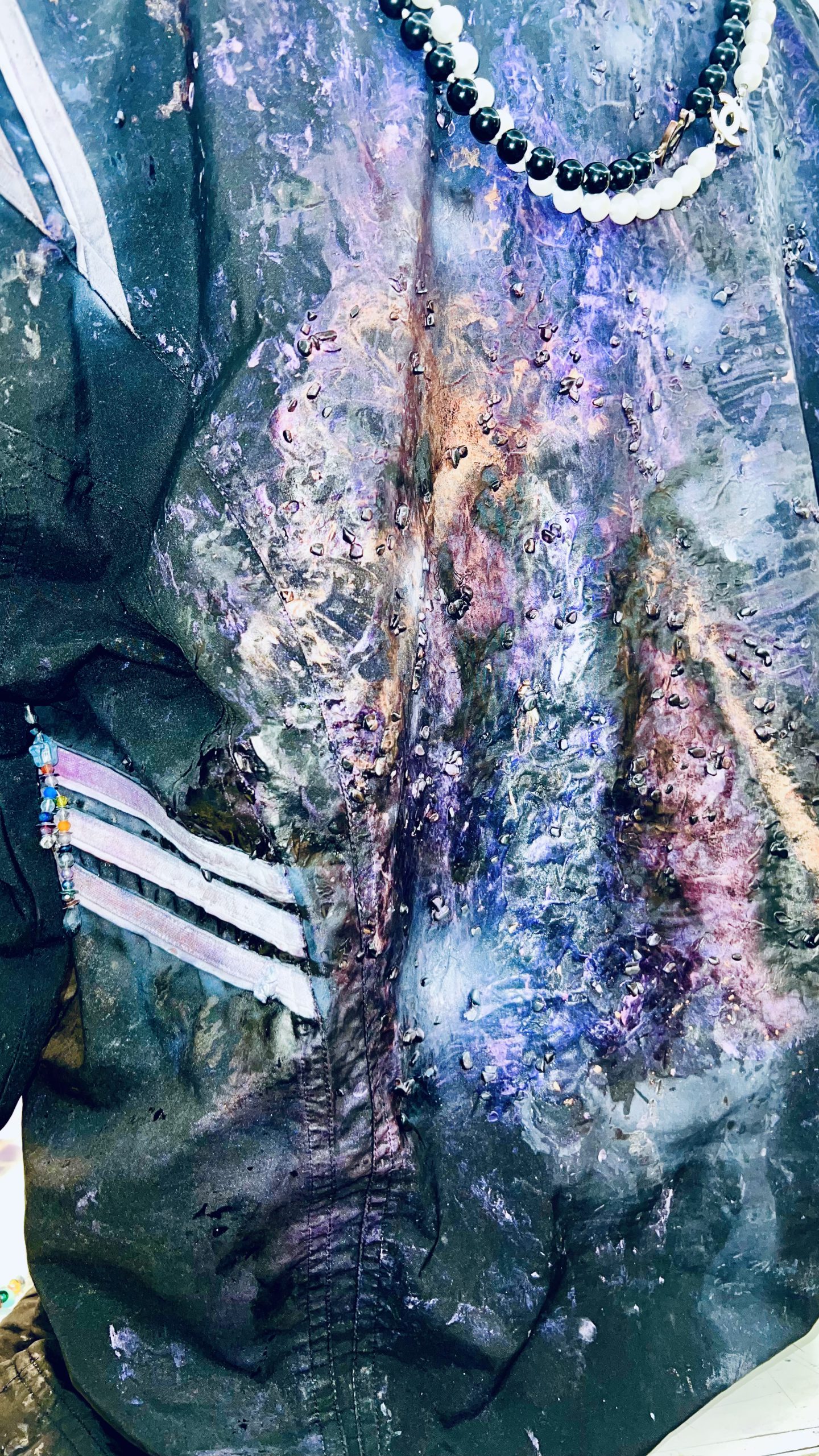
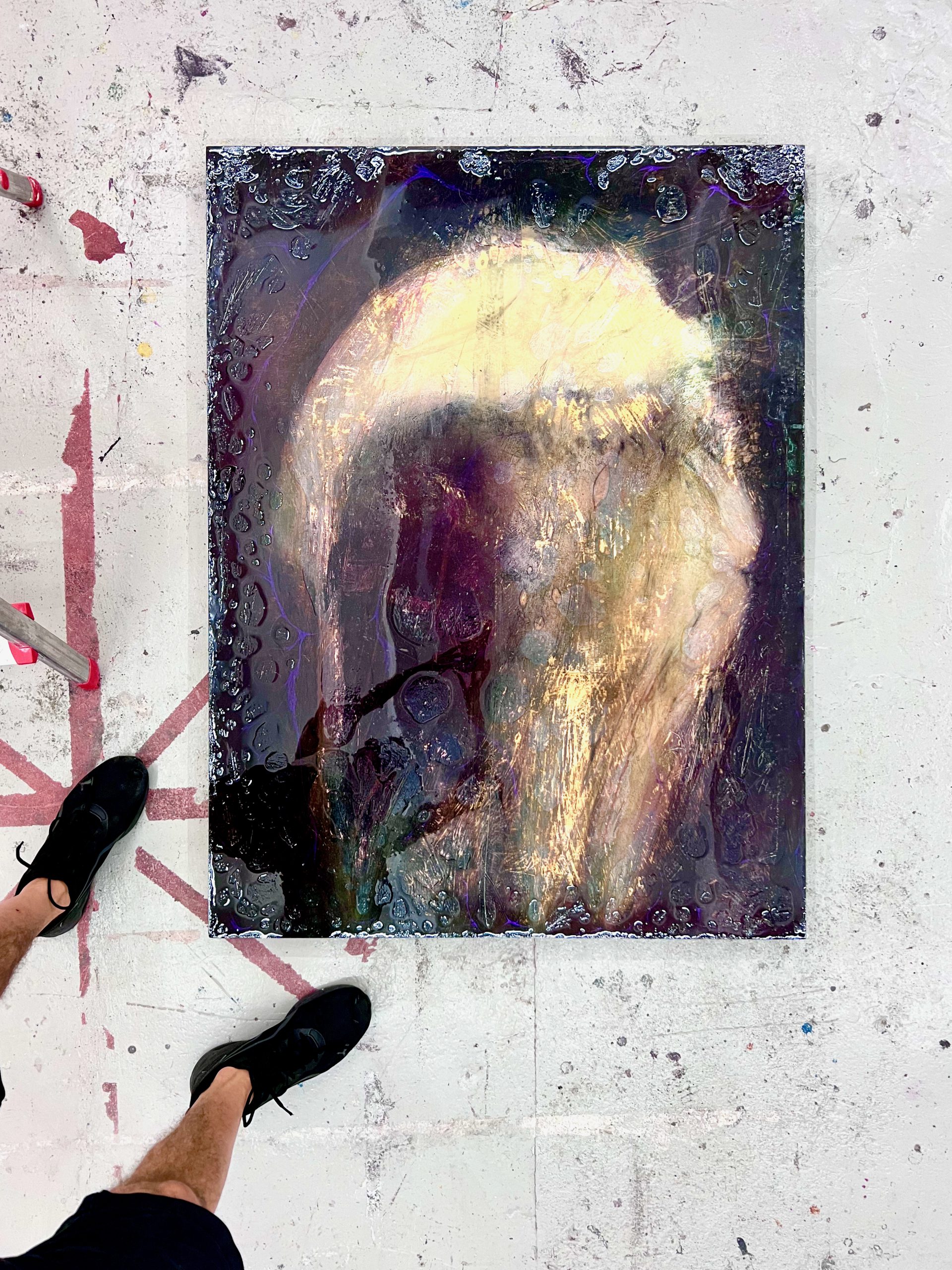
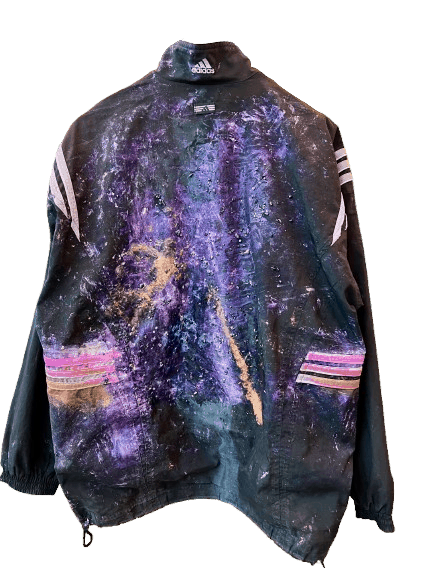 The Image Thinks in States of Matter
The Image Thinks in States of Matter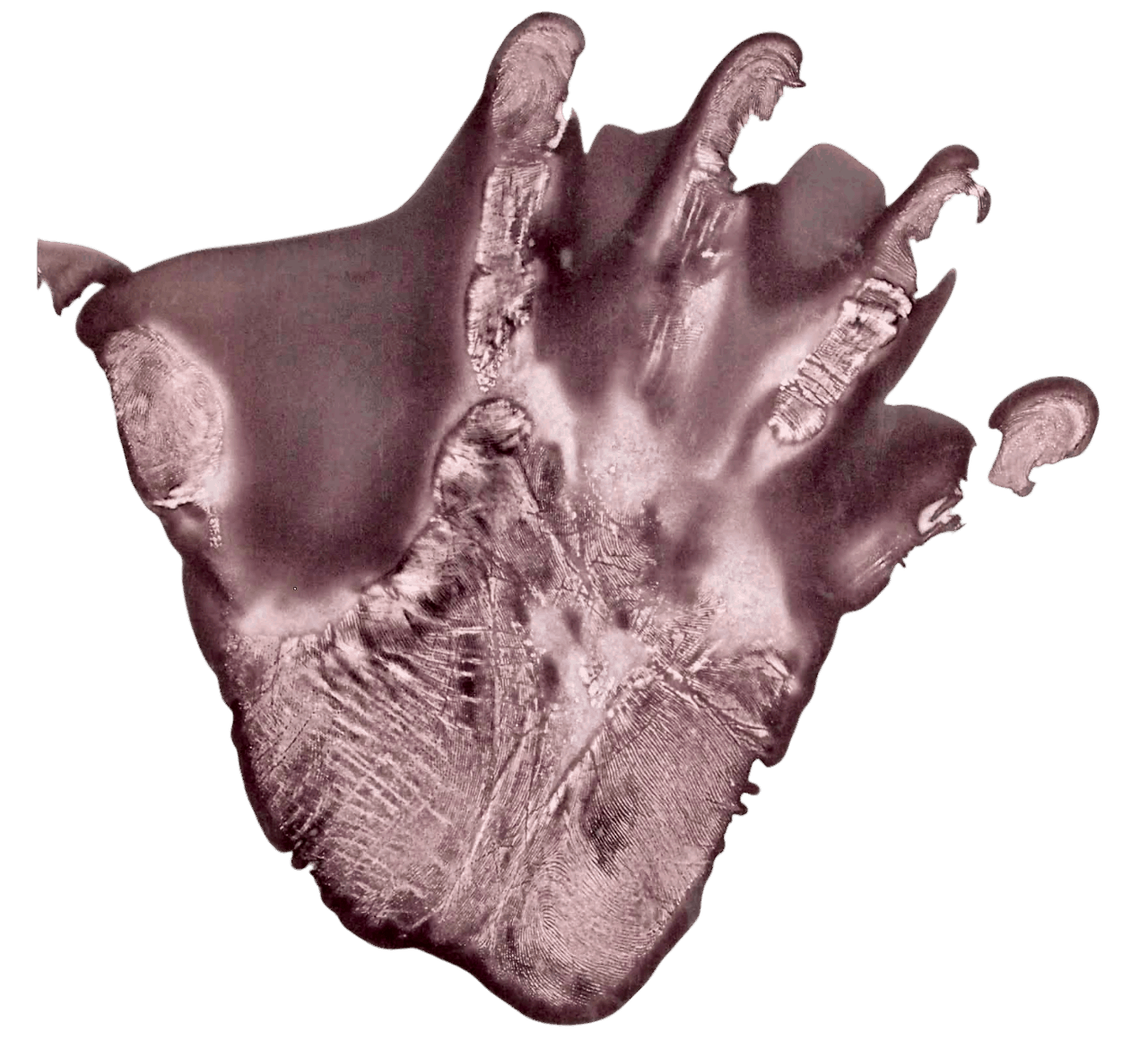 The Surface as Resonant Space
The Surface as Resonant Space